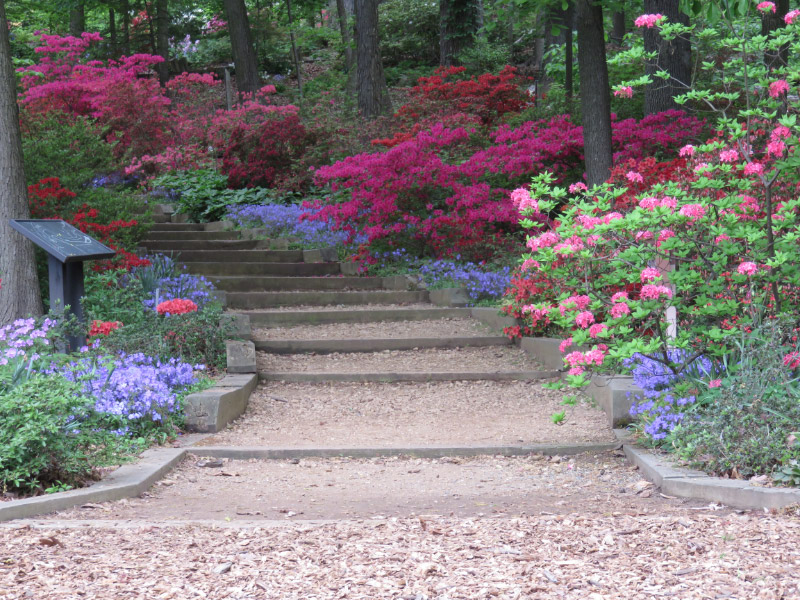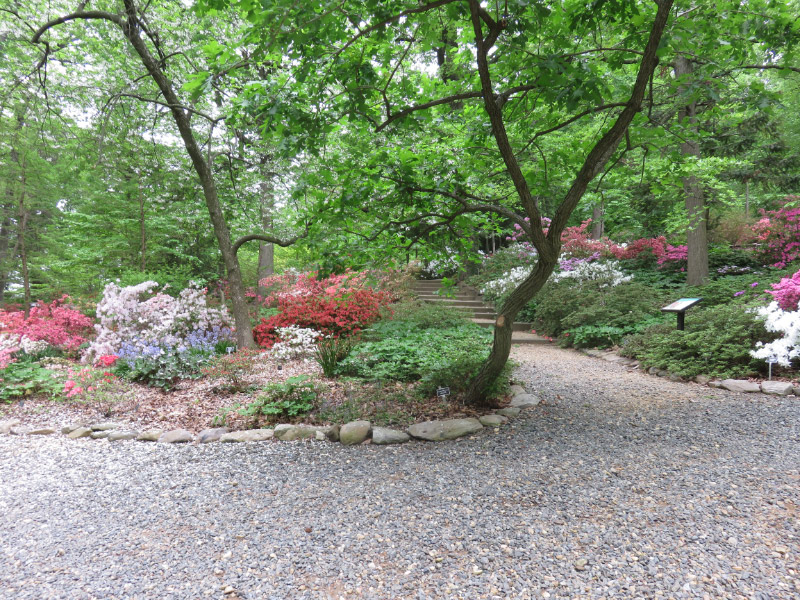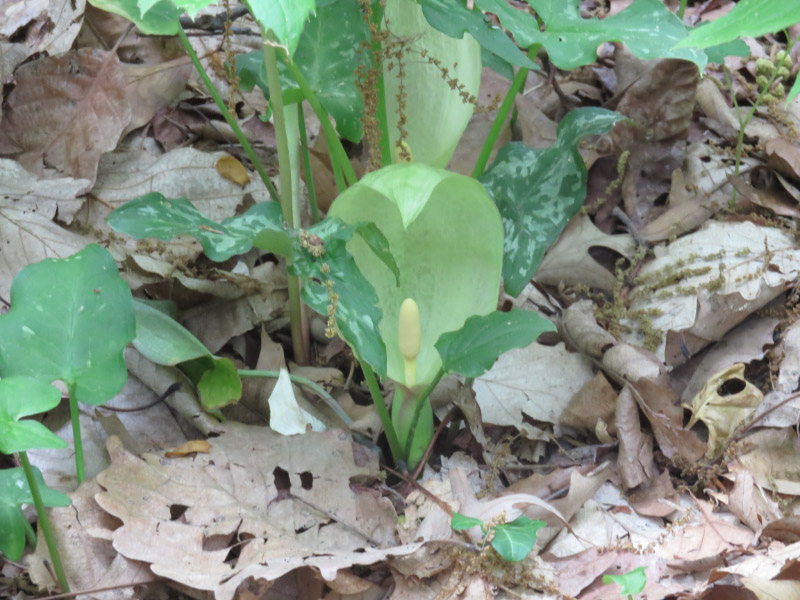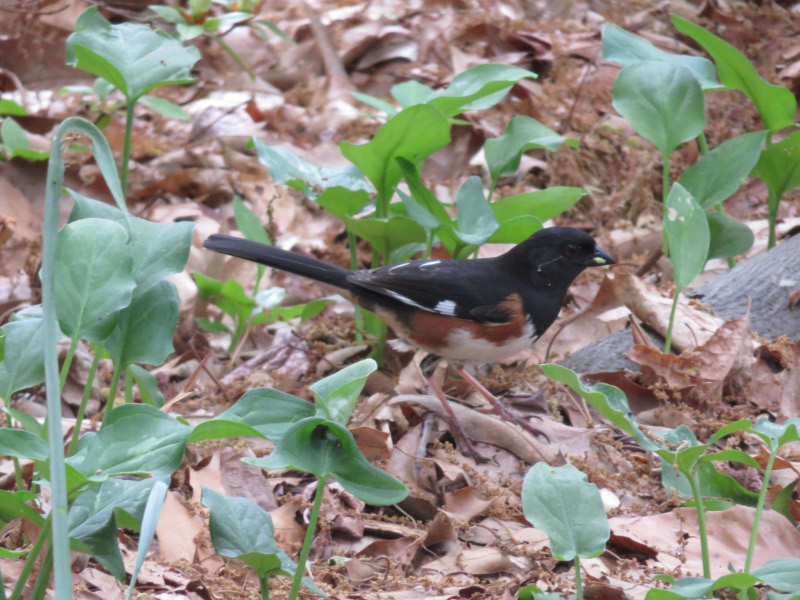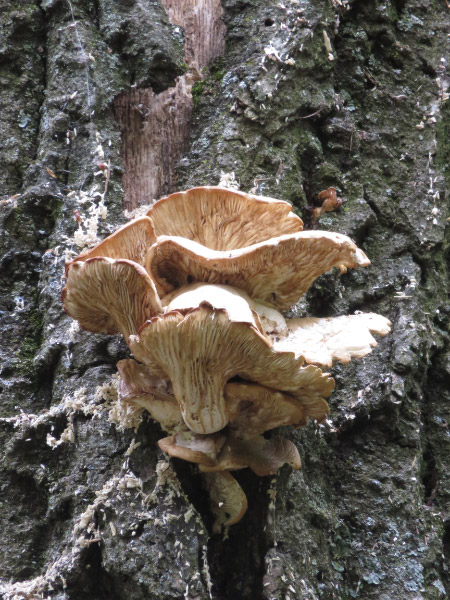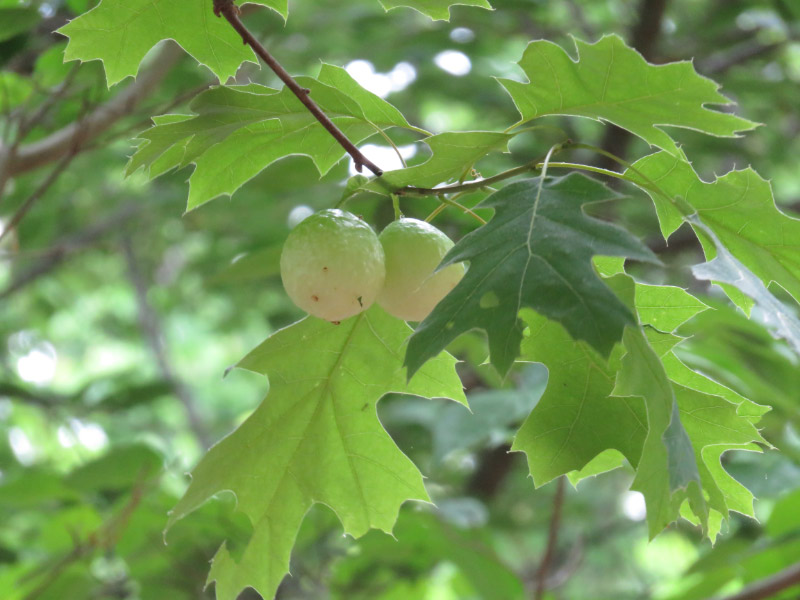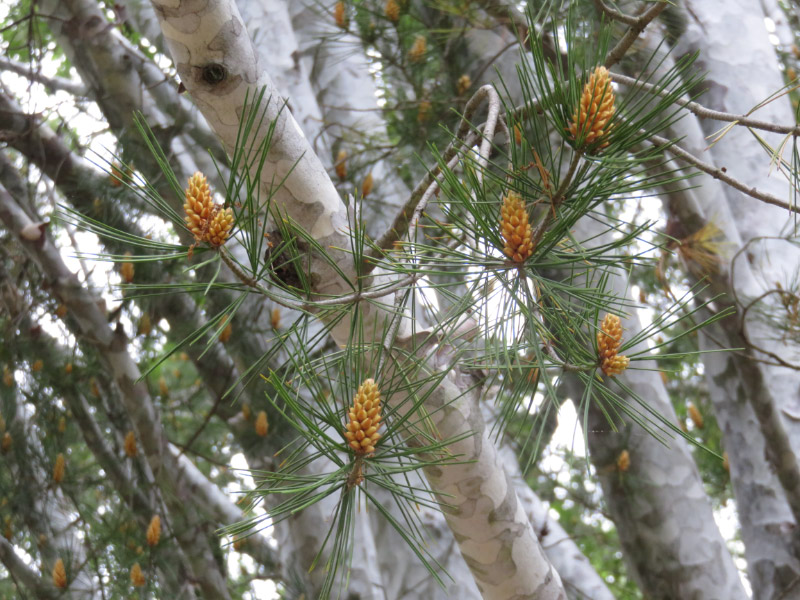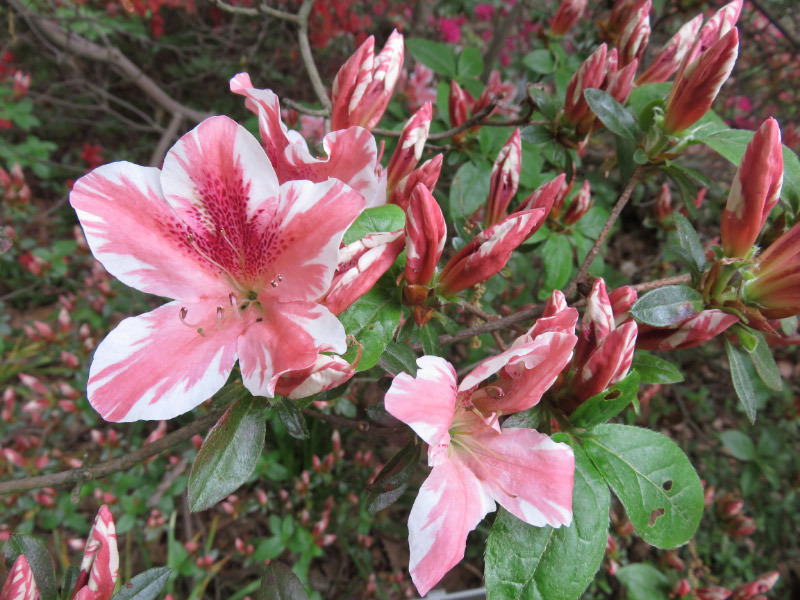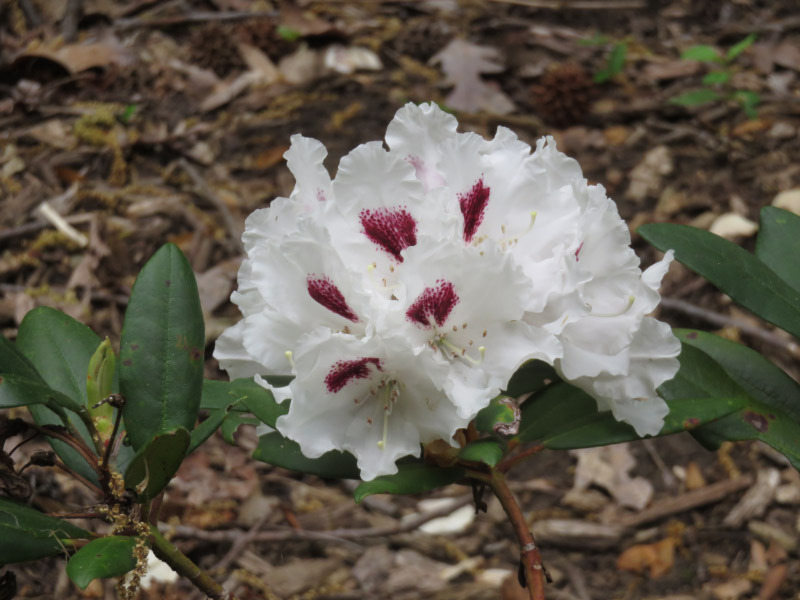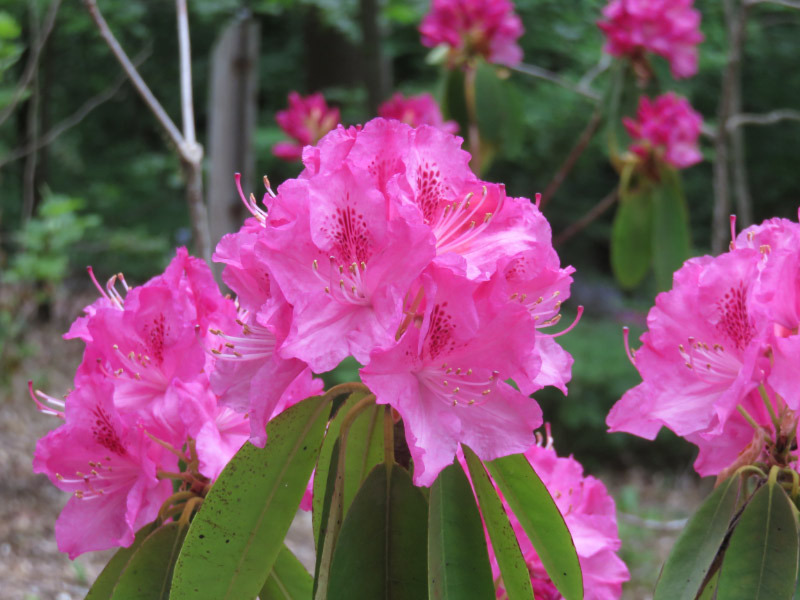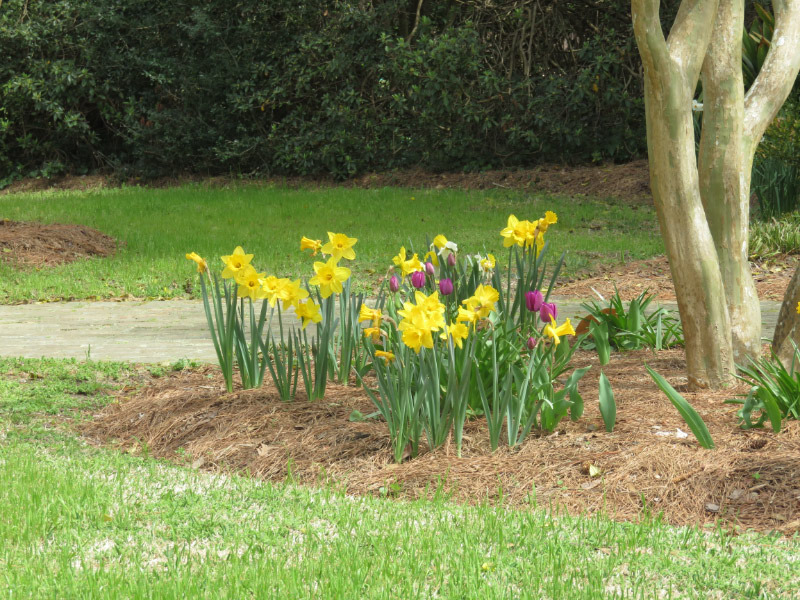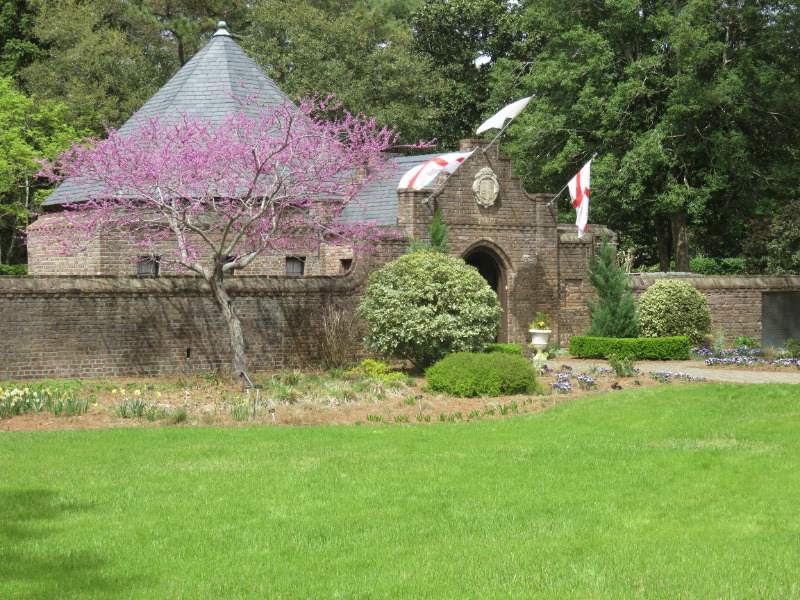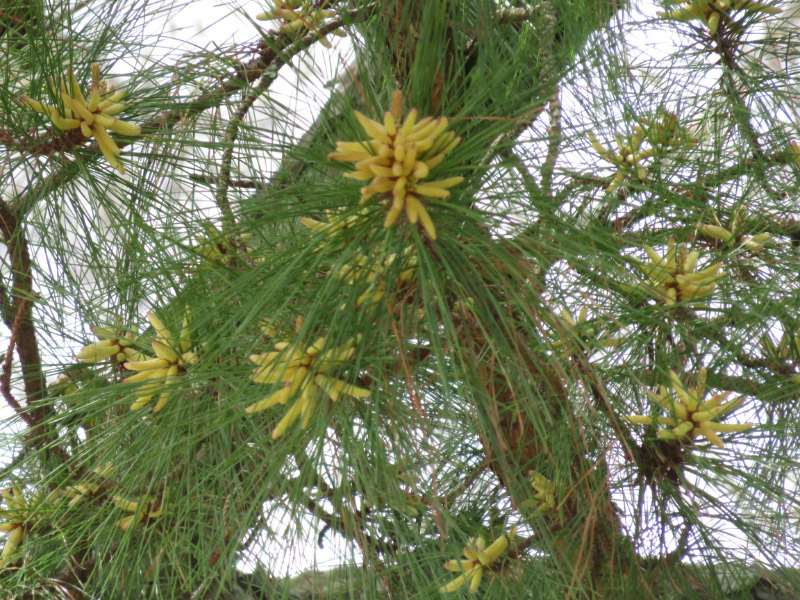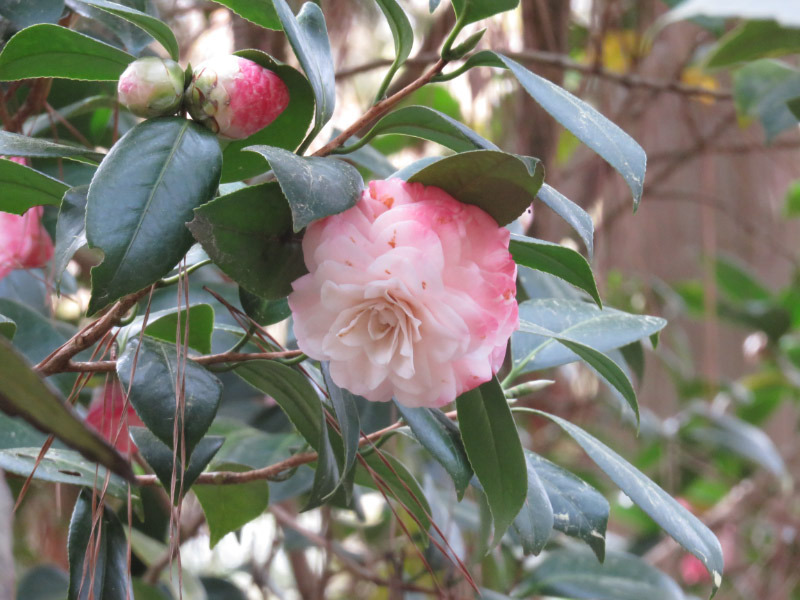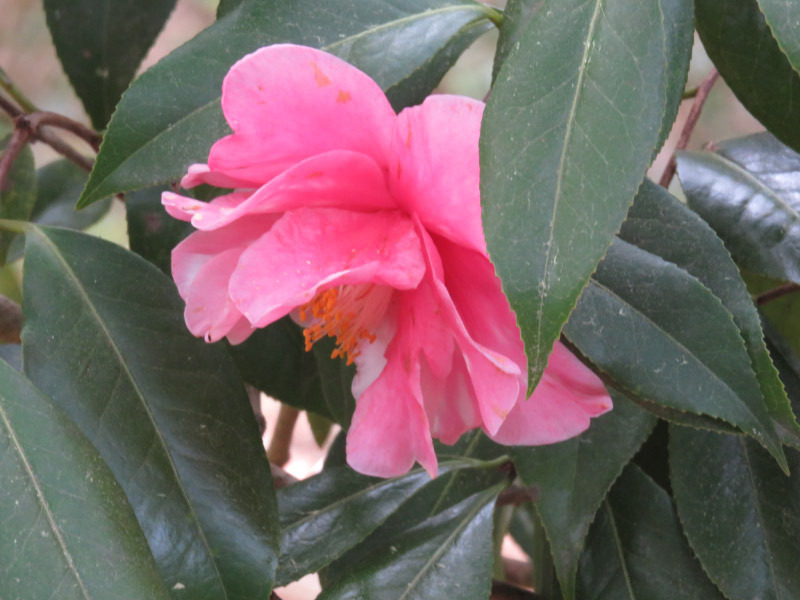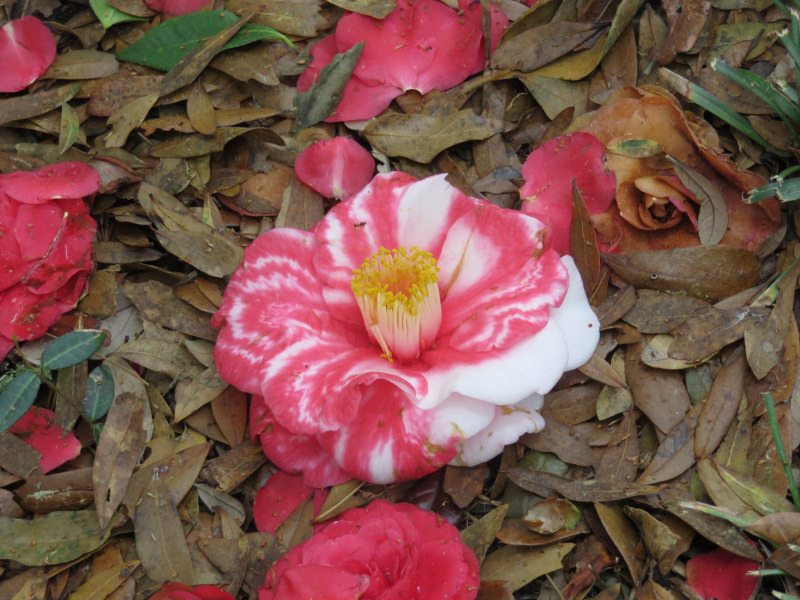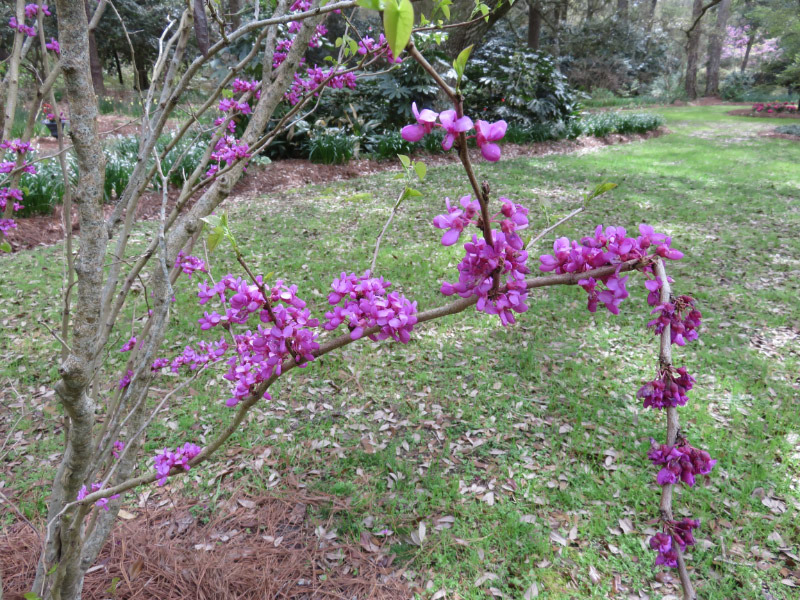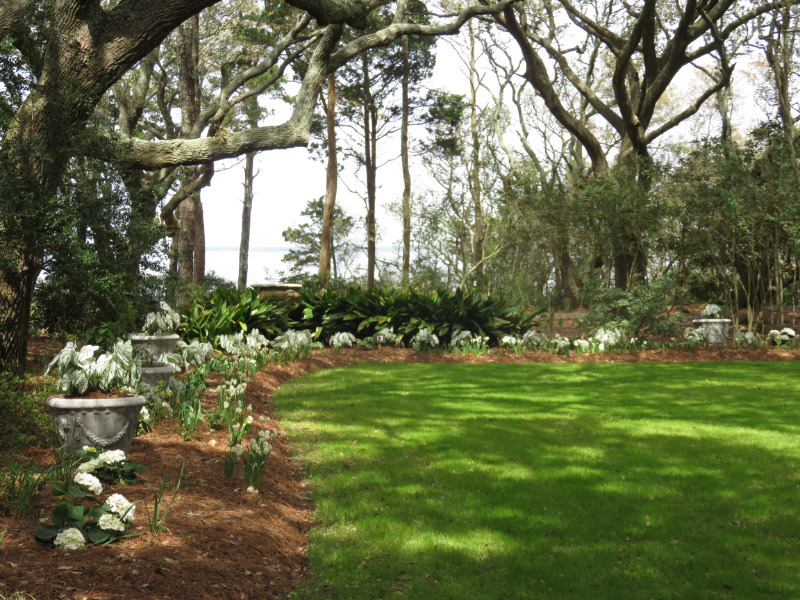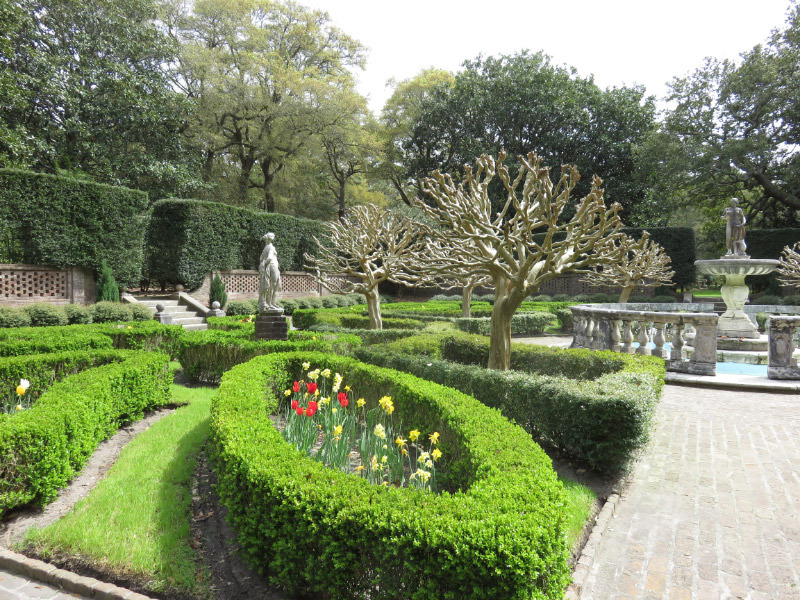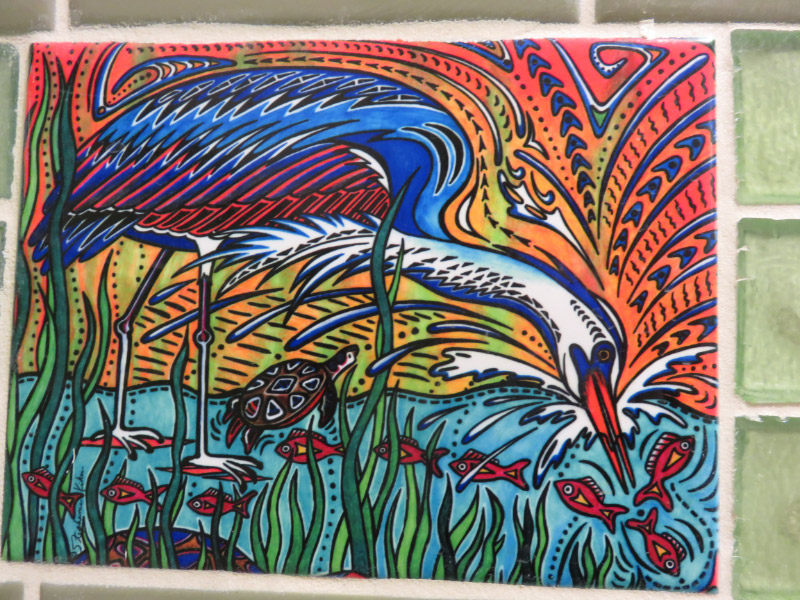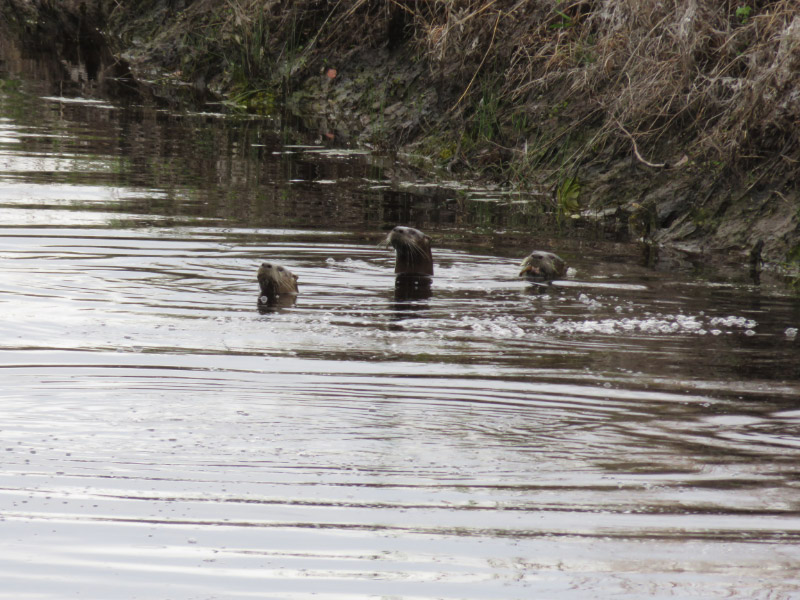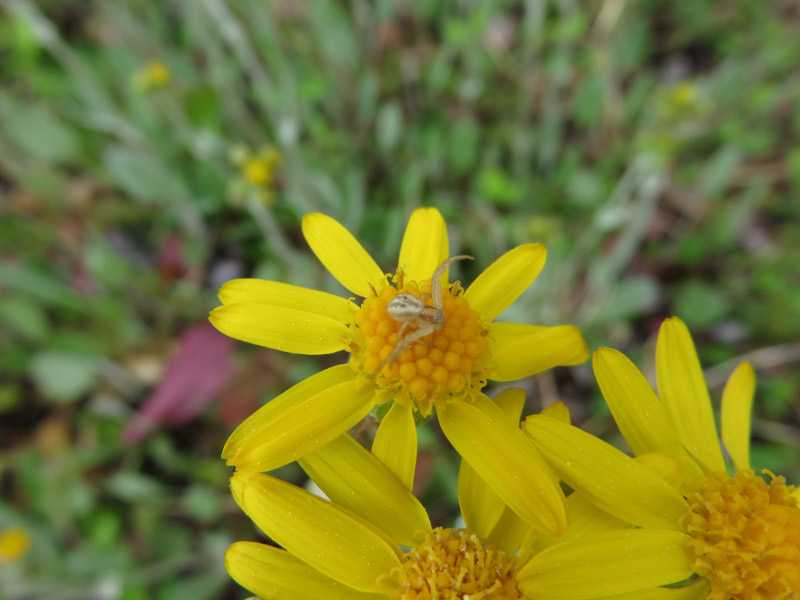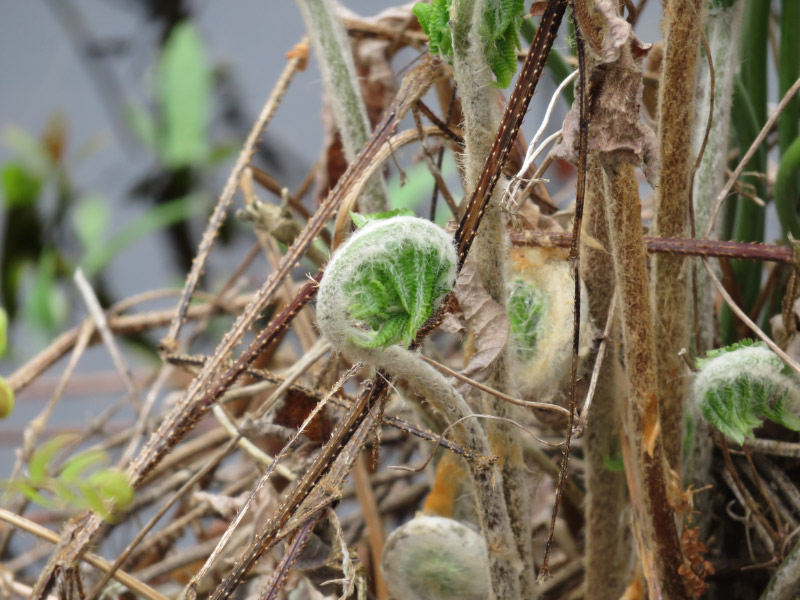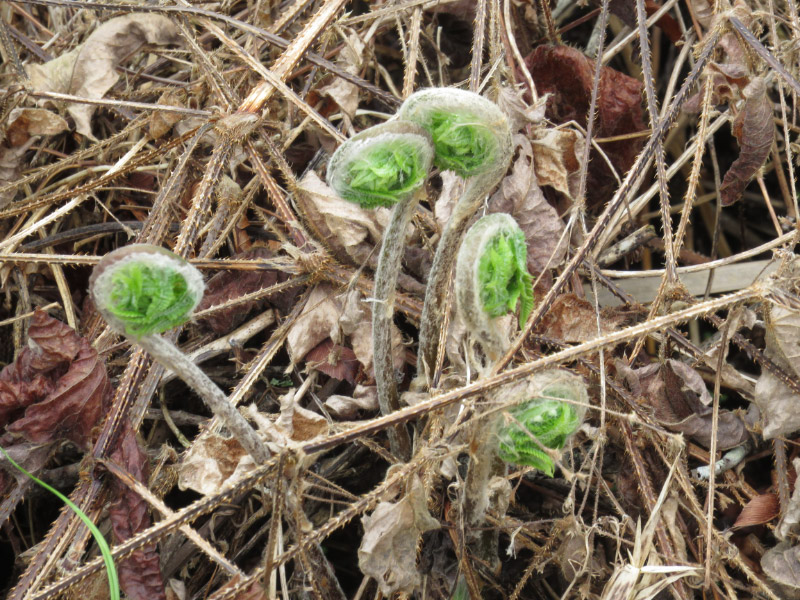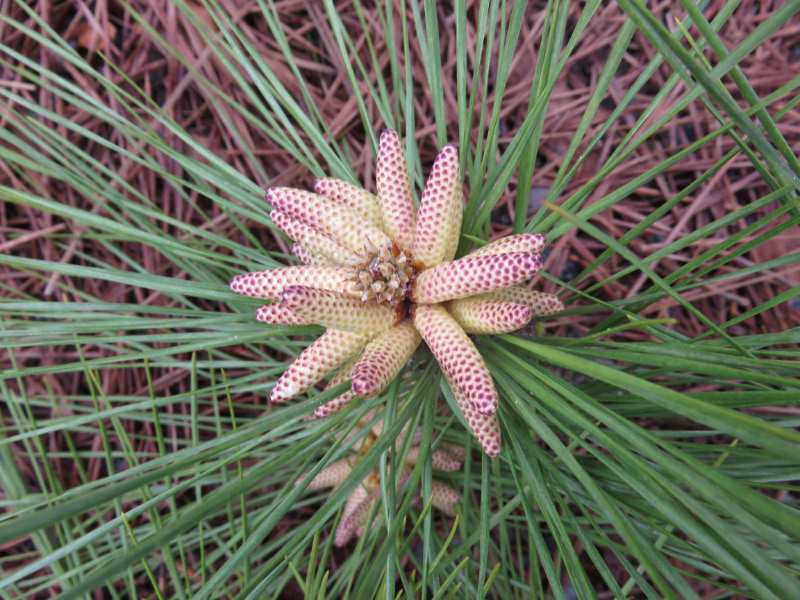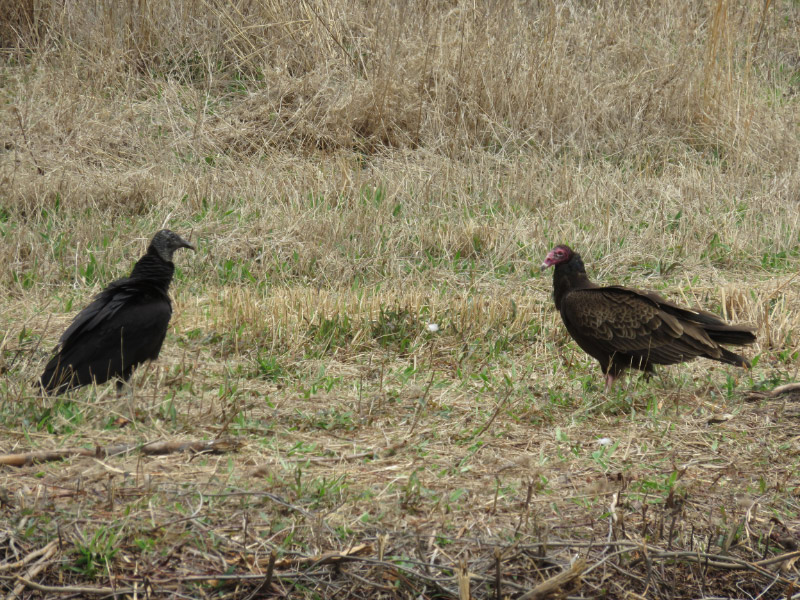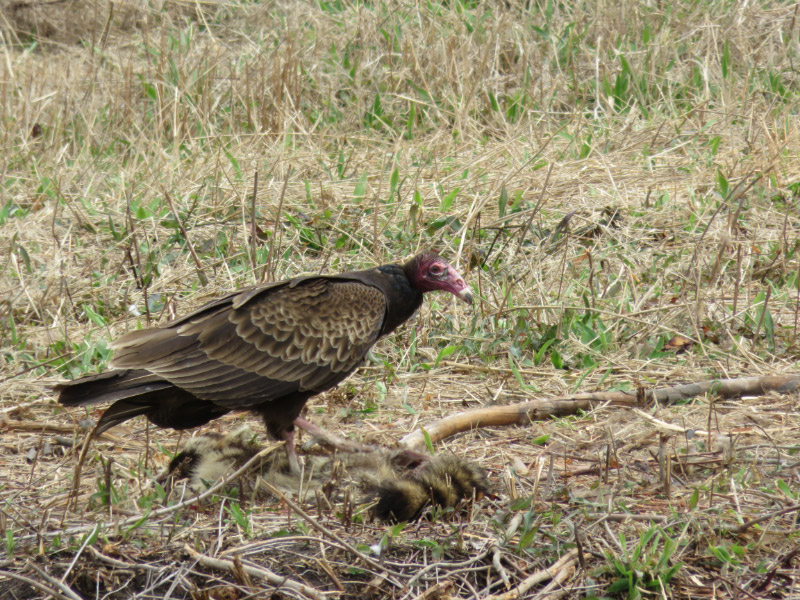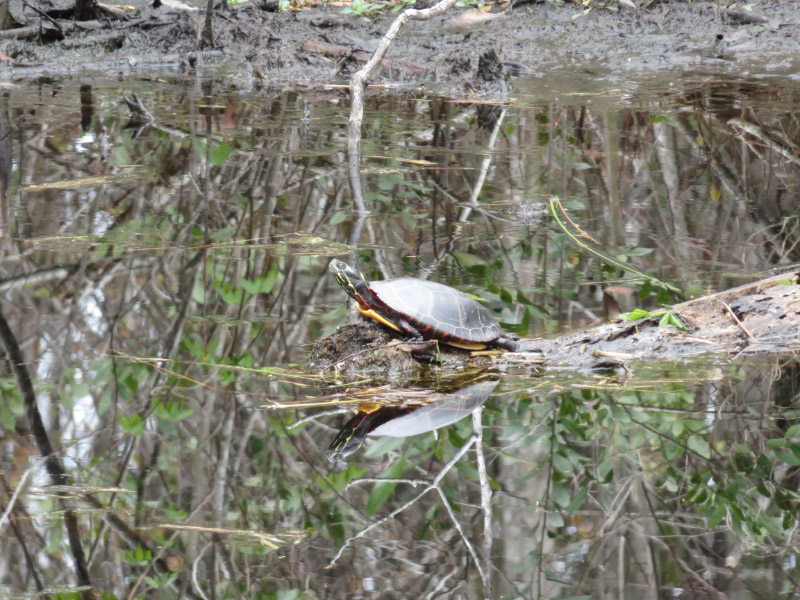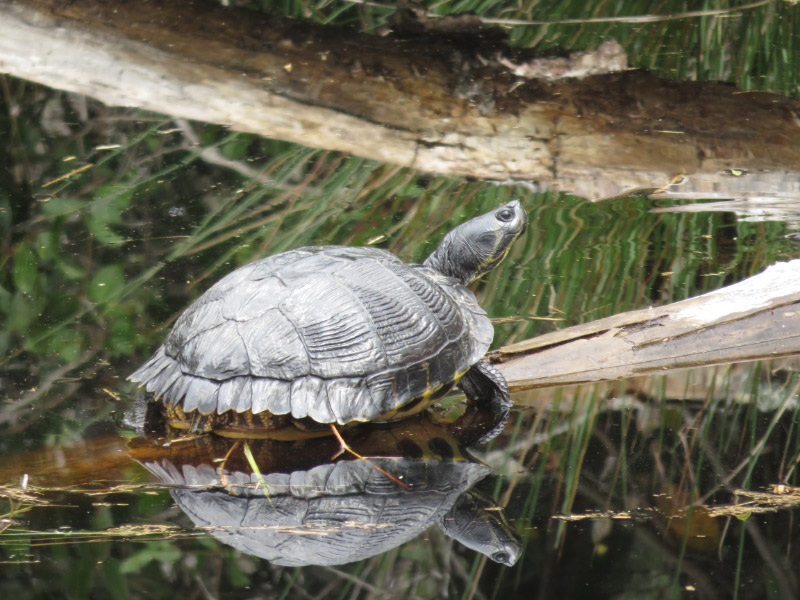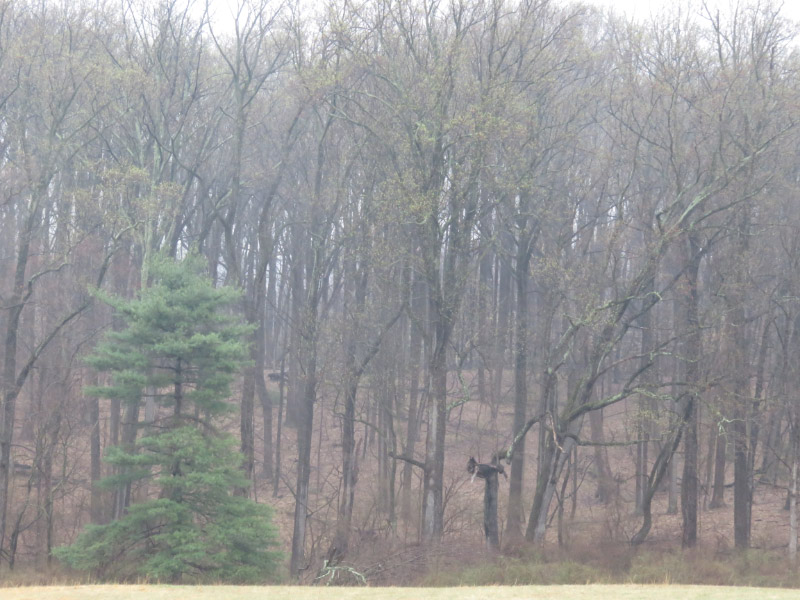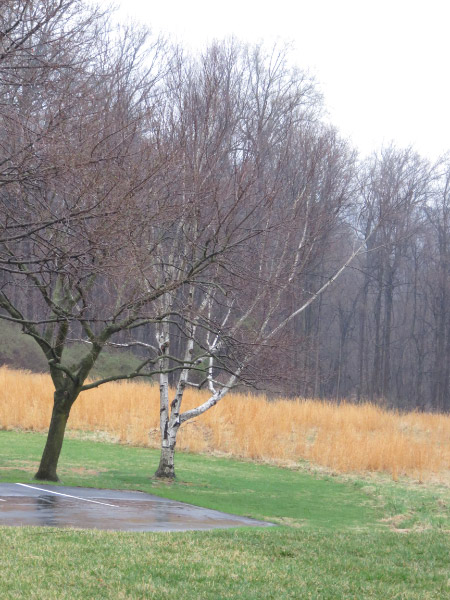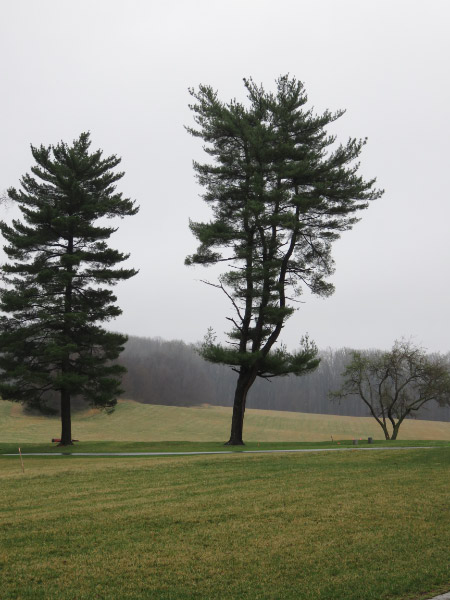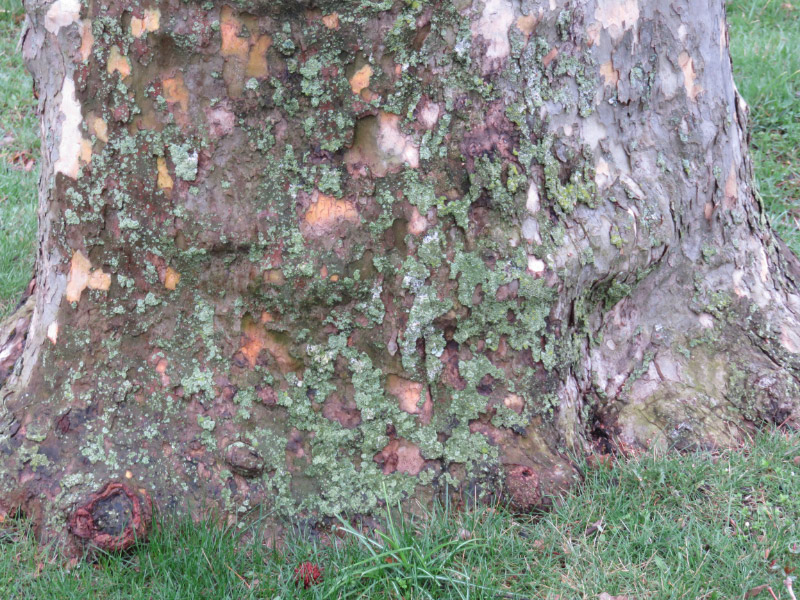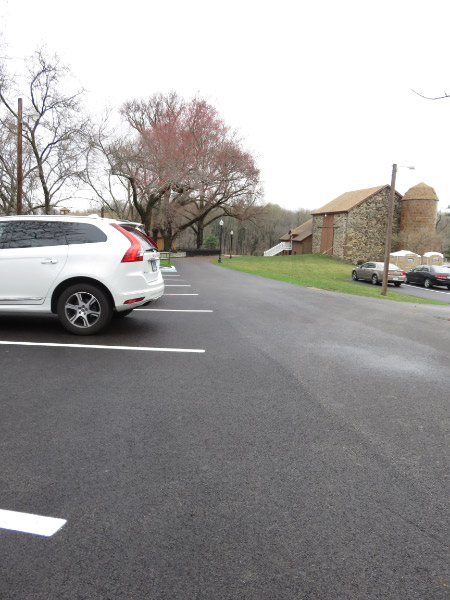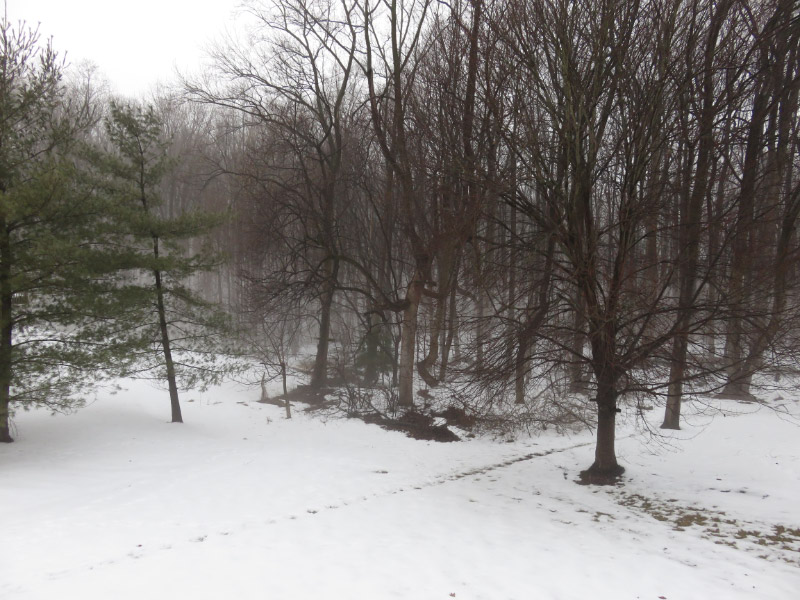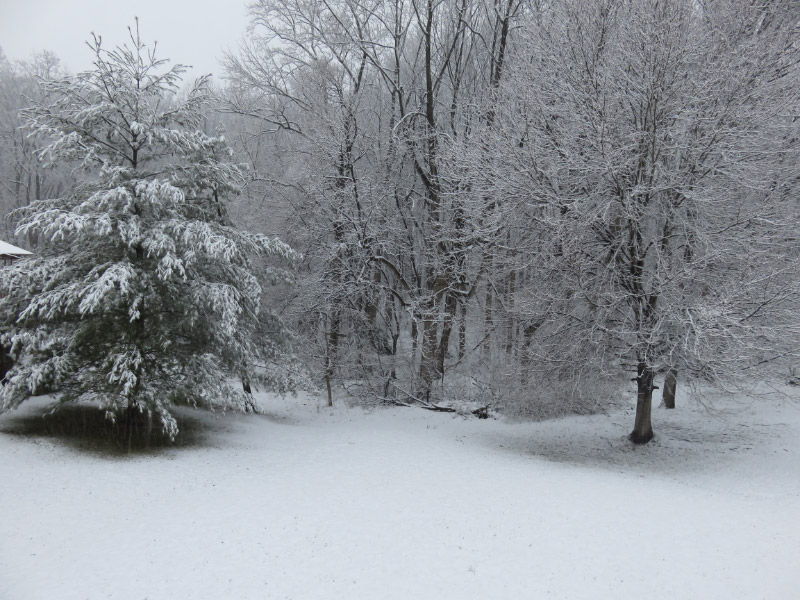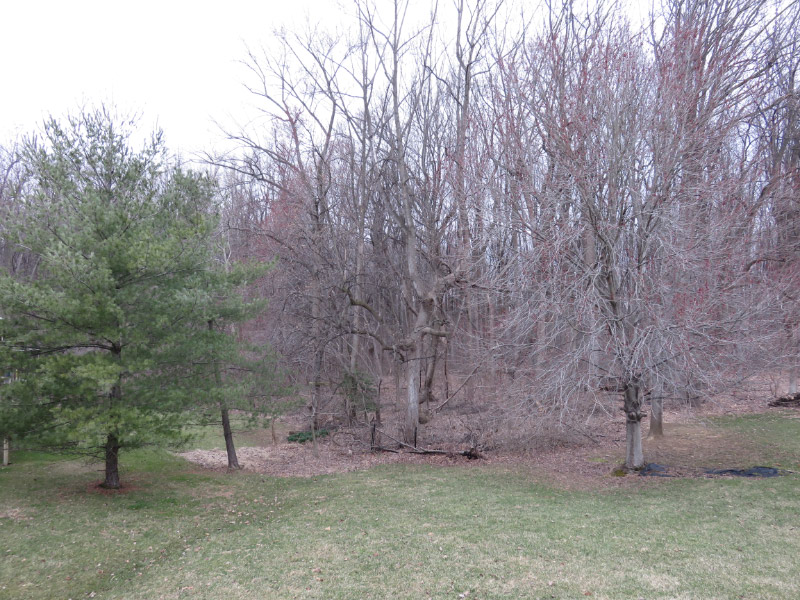I’ve already posted about the birds and the bulbs I photographed in my walk around Brookside Gardens the first weekend of April. Today I’m showcasing my favorite images that didn’t fit in those previous categories.
On the boardwalk between Brookside Gardens and Brookside Nature Center I noticed a recently cut stump. The rings were interesting because the tree cross section was not round. Tree cookies from this tree would be very different from the ones we typically use for field trips with elementary schools. The rings in this stump would show up wonderfully with a little sanding.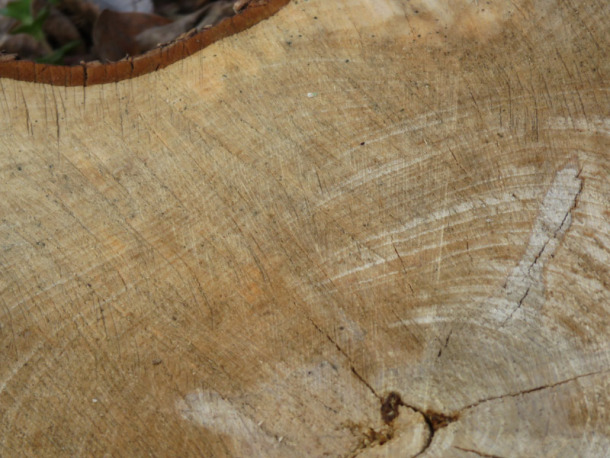
A little further along the boardwalk - and the reason I had gone to the boardwalk to begin with - were the skunk cabbages. They are past the purple and green bloom stage and are all around the bald cypress with its knees. Both tree and cabbage like wet soil.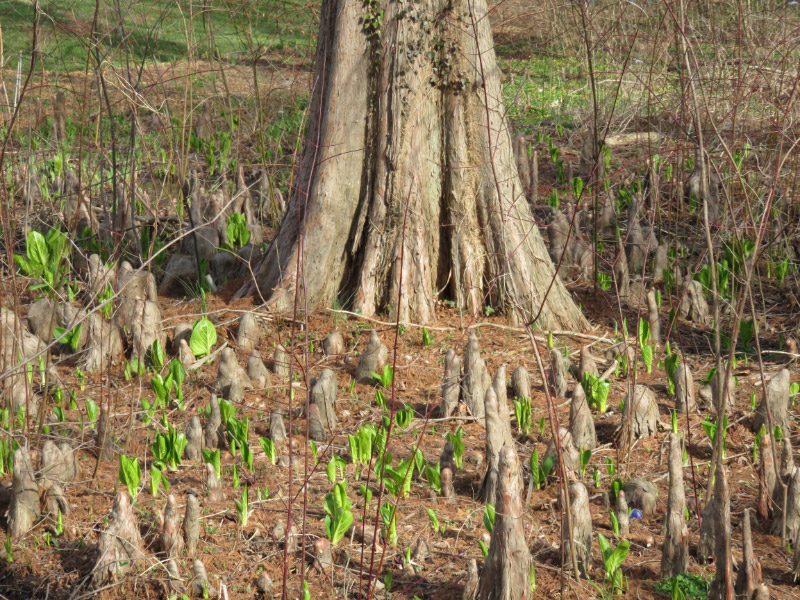
As I walked back toward the gardens I noticed a dried blossom from last summer catching the light and marveled that it had survived the ravages of winter so well.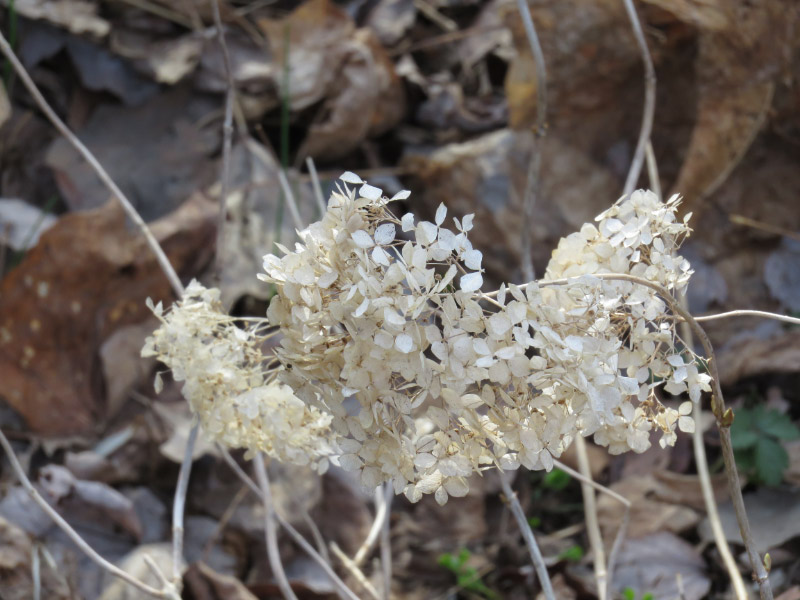
There were several early magnolias beginning to bloom. At this stage - the fuzzy coverings are almost as interesting as the flowers!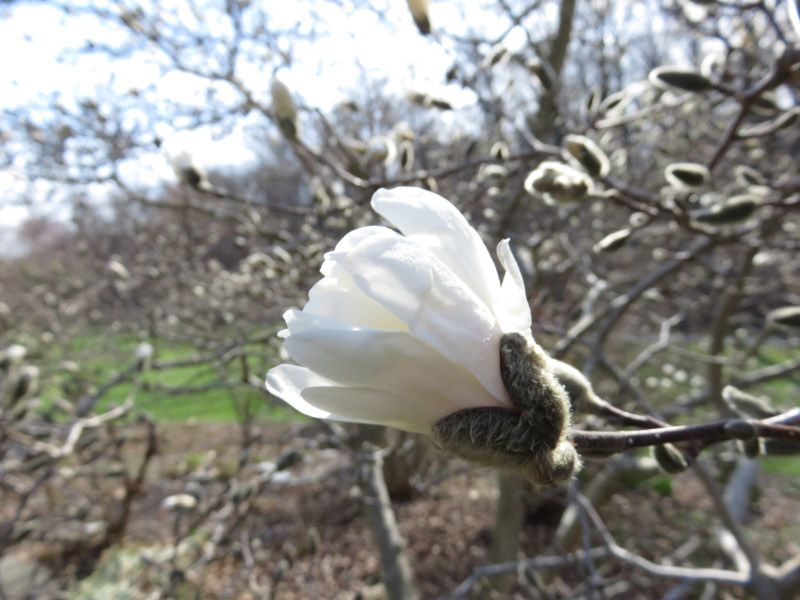
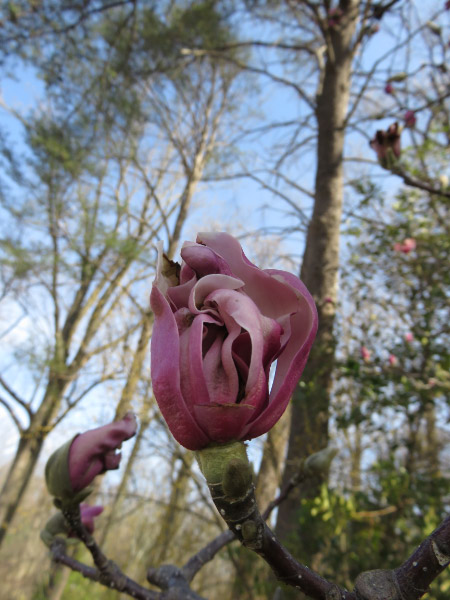 The pink saucer magnolia buds frequently seem to be damaged by cold weather…but these battered buds have an abstract appeal.
The pink saucer magnolia buds frequently seem to be damaged by cold weather…but these battered buds have an abstract appeal.
I tried a background experience with the Lenten roses against a rock wall.
The witch hazel is still colorful but past prime.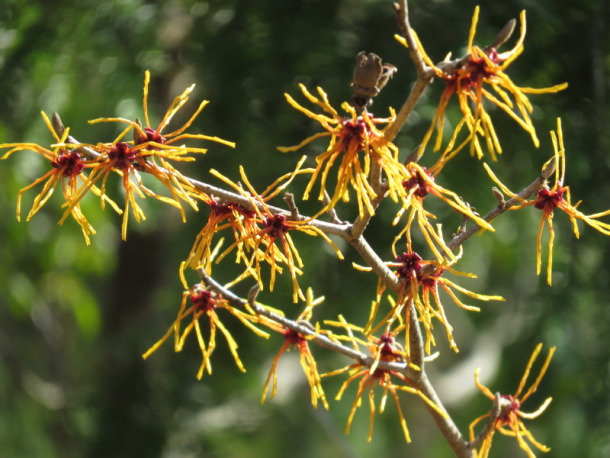
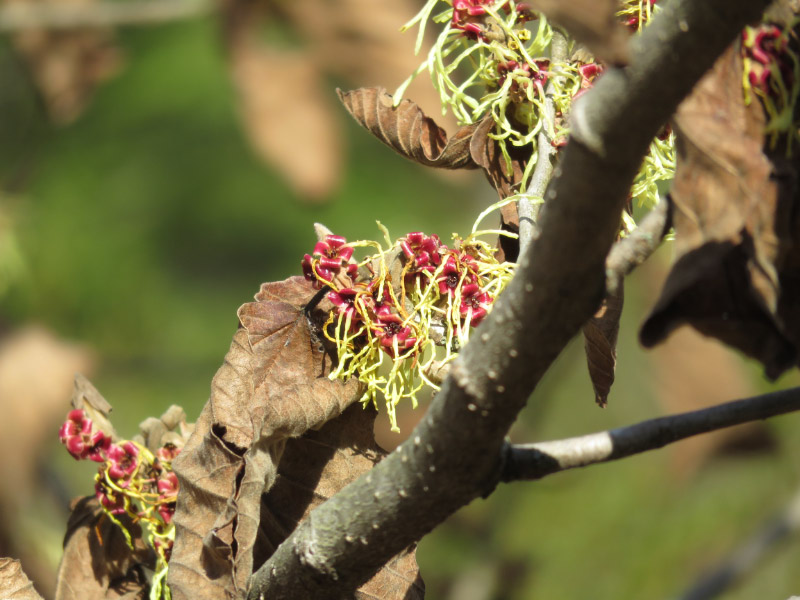
There were three nests in the stand of river birch - two for birds and one a squirrel. I wondered if they birds’ nests were being built or from last year. Both of them seemed to have colorful (man-made) fibers woven into their structure.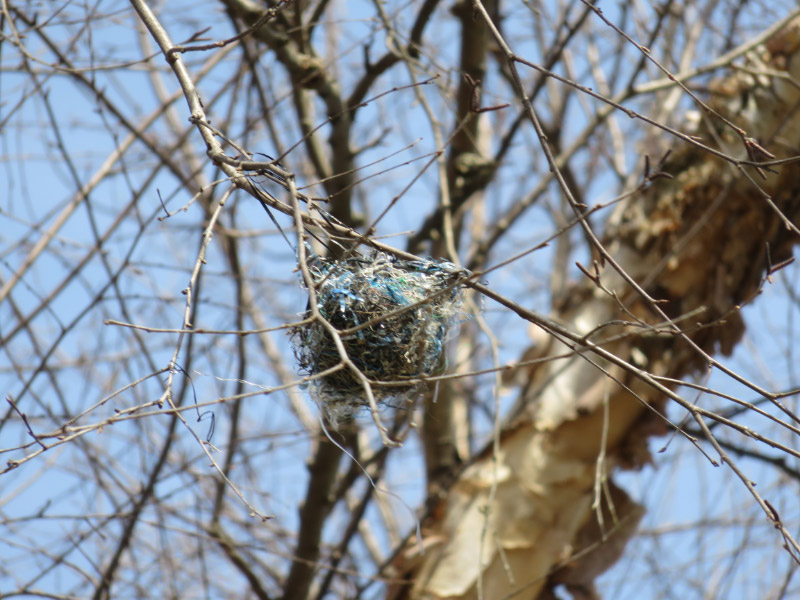
These pine cones were probably blown from the nearby pines with the recent breezes since they don’t appear trampled.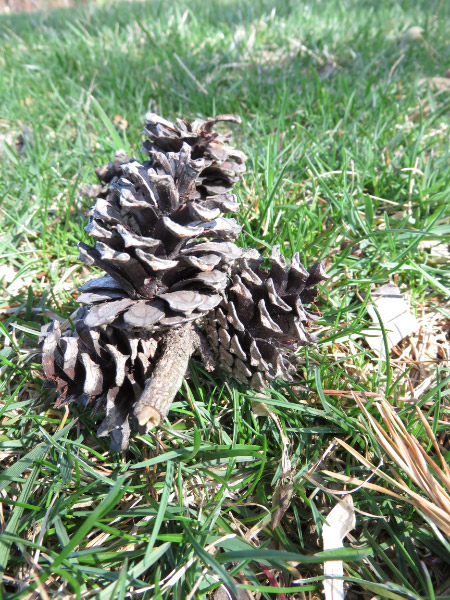
Brookside Gardens in April - a great place for a photographic walk about.
